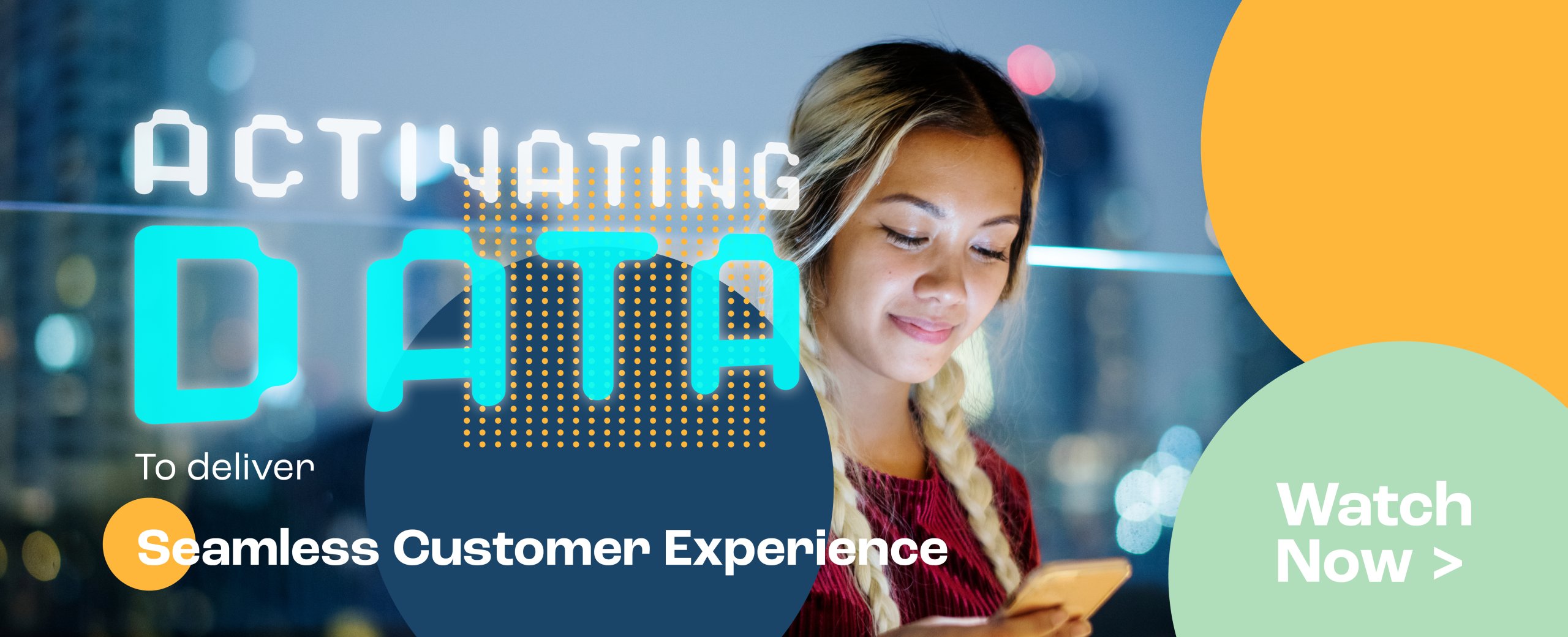
The RAC provides complete peace of mind to more than 12.7 million UK personal and business members, whatever their driving needs. They’re famous for breakdown assistance, but they also provide motor insurance and a range of other services, including buying a new or used car, vehicle inspections and checks, legal services and traffic and travel information.
The Challenge: stepping up from outdated campaign tools
The RAC had outgrown its relatively basic campaign tool. They needed something more flexible and efficient to transform the existing manual and time-intensive process for campaign delivery. Their on-premise SQL solution was hosted by a third-party agency. Poor access to the data constrained the RAC marketing team, which needed to be more self-sufficient in campaign operations.
The RAC’s Data and CRM Strategy Leader, Ian Ruffle, says: “Because the legacy technology wasn’t efficient, it took over 48 hours to refresh the data. If it fell over, as it often did, because we were at the limits of the solution’s capability, it could take up to ten days from a customer being acquired to reflect that in the marketing solution. This was becoming a real problem.”
The Solution: future-proof MarTech and a flexible data platform
The RAC and CACI worked together to implement a suite of tools to transform the RAC’s marketing capabilities and to create the efficiencies and flexibility they needed. The first step was to build a single customer view (SCV) database using Snowflake. The pay-by-consumption processing function made it scalable and cost effective as well as future-proof. This gave the RAC direct access and control over their own data, which was a key requirement. Within Snowflake, CACI built a secure, accurate and compliant dataset, in line with the new GDPR requirements.
The database is hosted in the MS Azure cloud, and is refreshed and managed using Azure Functions, event triggers and DBT models. CACI’s resolution identity product, ResolvID also plays a part in the solution. It’s hosted in Amazon Web Services (AWS) and consumed in real time as event-triggered files are added into the database. This gives the RAC a complete view of each customer across multiple datasets and sources, allowing them to engage their customers in a more holistic way.
CACI implemented Adobe Campaign, Target and Analytics. The RAC and CACI worked together to migrate all their existing campaigns from their legacy solution into the new Adobe Campaign instance, automating everywhere that was possible.
The Benefits: self-sufficiency and an elevated customer experience
Ian explains:
This year we really have been enabled by the data activation project. We’re now self-sufficient to deliver campaigns and communications that meet the needs of our key business programmes. The solution has greatly reduced the time-consuming and manual tasks that the CRM team used to have to do, freeing them to work on more innovative projects. We’ve seen great results and are proud to have won the Data IQ Transformation with Data award.
Find out more
To find out more detail on how RAC approached its data and MarTech transformation, and more of the benefits the organisation has experienced as a result of the project, read the full case study here. If you’d like support in transforming your own MarTech stack do get in touch.








